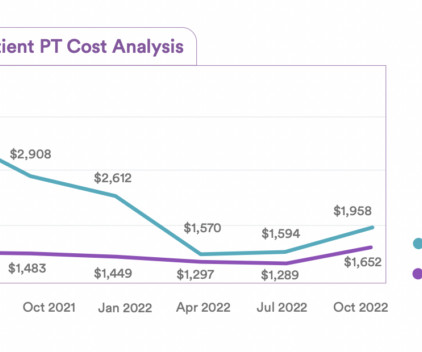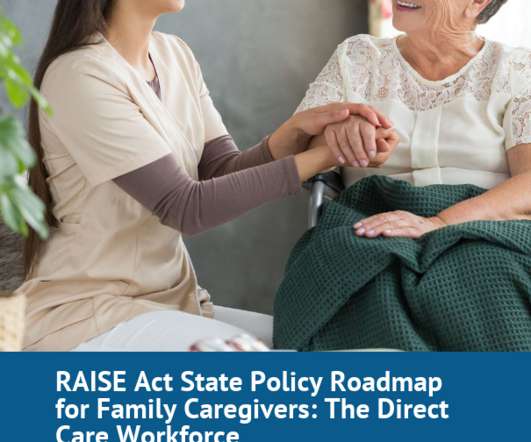Study: In-Home Outpatient PT Reduces Costs By 52% Compared To Traditional Home Health Services
Home Health Care
JUNE 1, 2023
“Home health has a very important value,” Palak Shah, Luna’s co-founder and head of clinical services, told Home Health Care News. They have lots of different services: physical therapy, occupational therapy, speech, nursing, etc. Once it does that, it leverages its platform to offer in-home care at a reduced price.












Let's personalize your content